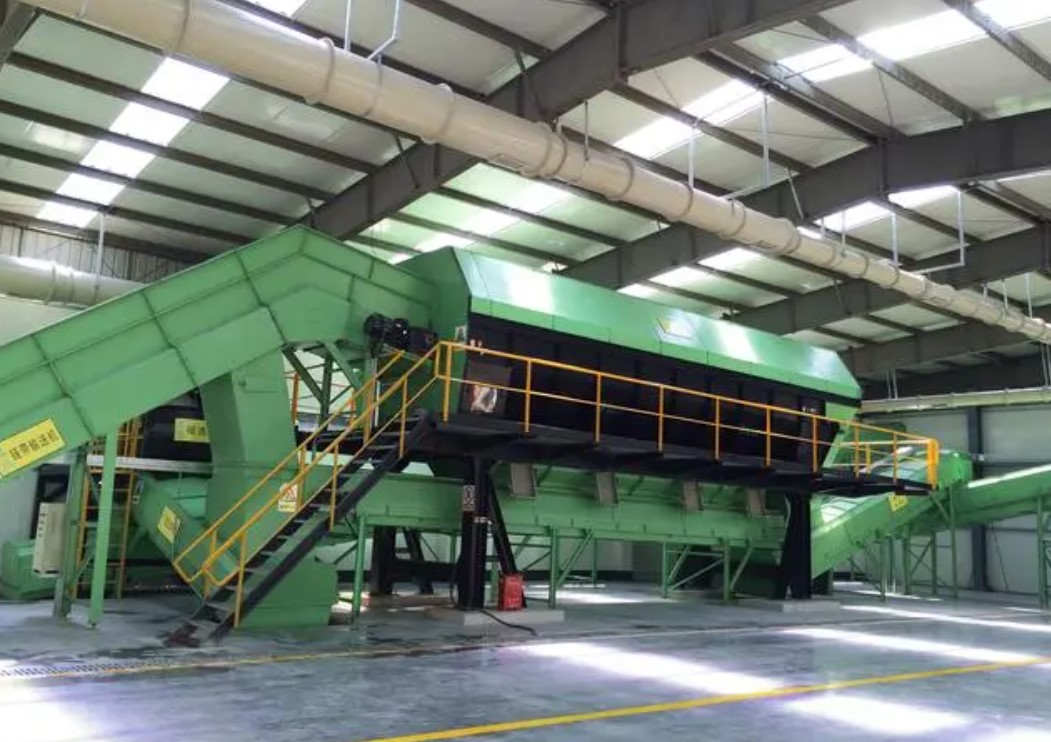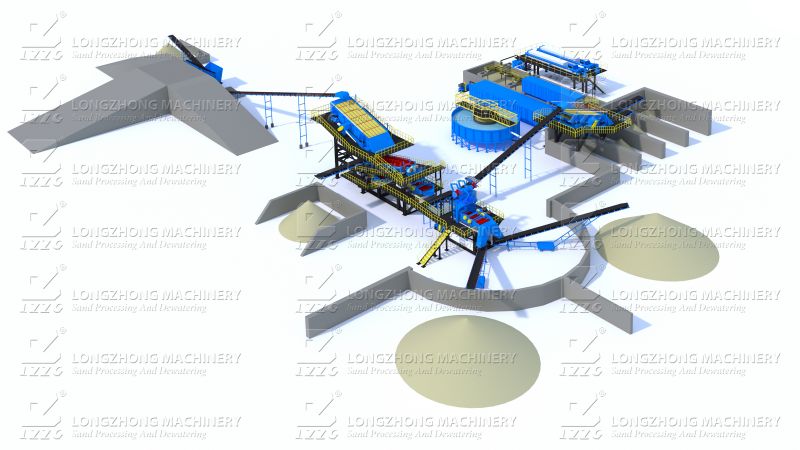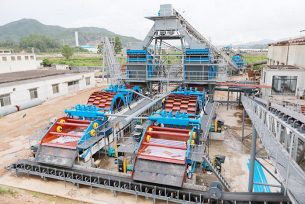Application of trommel screen in kitchen waste separation
 December.21,2022
December.21,2022
Trommel screen is used as kitchen waste separation equipment in the food waste disposal center. The sealed waste transport vehicle passes through the weighbridge system, drives to the second floor of the main building, and enters the feeding area through the sensor door. The unloaded food waste has to go through several processes such as manual sorting, drum sieving sorting, X-ray sorting, and magnetic separator to absorb metal. Two drum screens are used for coarse crushing and fine crushing. Beverage bottles and other sundries are crushed and shipped out, metals are recycled, and pulped pure garbage is sent to anaerobic digestion tanks for fermentation. Before entering the digestion tank, the oil is separated and then enters related equipment for reprocessing to produce crude oil. Crude oil can be used as a feedstock for biodiesel.

Digestive tanks are divided into dry and wet types. Dry anaerobic fermentation is mainly for pre-meal waste such as vegetable leaves, and wet fermentation is mainly for post-meal oily waste. After the fermentation is completed, it is transported from the pipeline to the solid-liquid separation workshop, and the liquid enters the water treatment area. After advanced treatment, it can be used for washing and greening irrigation in the factory area; the gas enters the desulfurization purification area to generate biogas for internal heating; the separated dry The solid residue is transported outside for incineration. After full-scale production, the surplus biogas can also be used for power generation in the plant area. The deodorizing pipeline and air supply system ensure that the air inside and outside the factory area is not polluted. That is to say, after disposing of the three types of kitchen waste in this disposal center, it can produce three kinds of renewable resources – biogas, crude oil and reused water.
After the second phase is completed and put into operation in the first half of next year, it will reach the design standard of processing 400 tons of catering waste, 200 tons of kitchen waste and 50 tons of grease waste per day. After the project is fully put into operation, it is expected to process 146,000 tons of catering waste, 73,000 tons of kitchen waste, and 18,000 tons of waste oil per year; generate 27 million degrees of electricity, use 13 million cubic meters of biogas, produce 10,500 tons of crude oil, and treat 255,000 tons of waste water tons.




